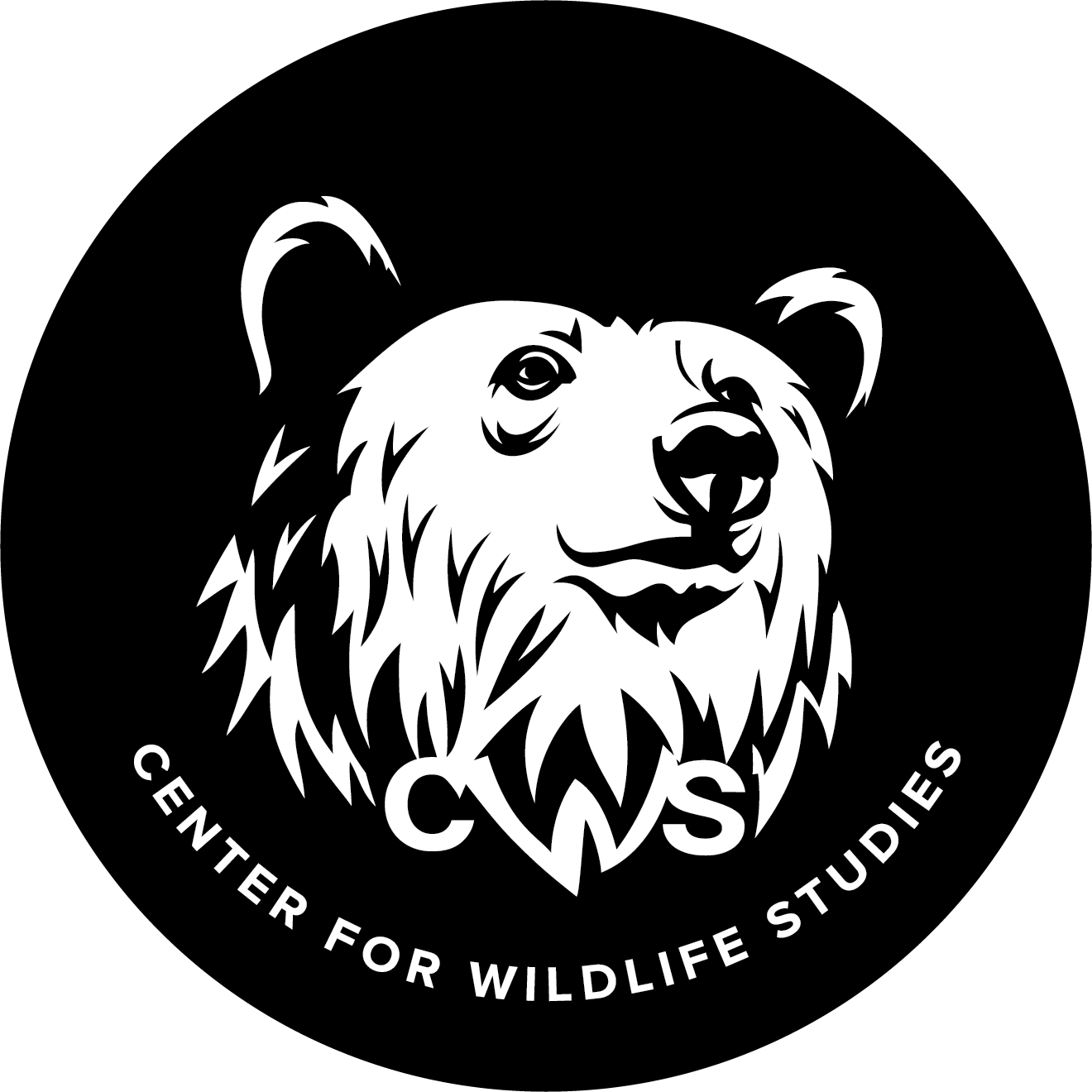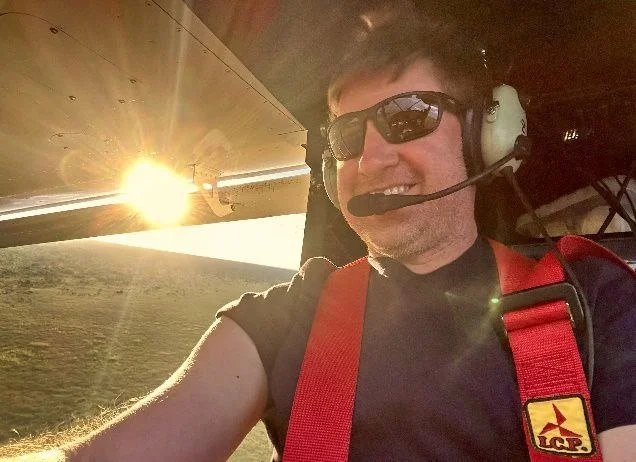From Africa to Alaska We Go: Strategies for Estimating Wildlife Abundance and Distribution by Land, Air, and Sea
Wednesday, August 20 at 5:30 p.m. ET
Paul Schuette, Ph.D.; Wildlife Biologist; Instructor, Center for Wildlife Studies
Presentation Summary
The number of methods available to reliably estimate wildlife abundance and distribution has grown dramatically over the past 20 years. So, how do you choose which method and sampling design to use for your particular species, in your particular ecosystem of interest, in a manner that best meets your management and conservation goals? In this talk, Dr. Schuette will definitively not provide you with a clearcut answer to this question (that’s up to you!), but he will walk you through the strategies he has used when confronted with this question while focused on wildlife populations ranging from the grassy savannas and miombo woodlands of eastern and southern Africa to the alpine tundra and chilly, coastal waters of Alaska. Despite strikingly different climates and modes of travel – by land, air, and sea – he finds that by relying on the basic principles of ecology and applied quantitative ecology methods, we wildlife ecologists can accomplish a lot more than we ever imagined possible, particularly if we have an amazing set of partners from agencies, NGOs, Tribes, and universities to work with along the way. This presentation will share his story of field-based research and conservation education programs ranging from Africa to Alaska, including his recent efforts with the Center for Wildlife Studies to make research and conservation training opportunities more readily available at the global scale.
Looking to Learn More?
Check out Dr. Schuette’s course on Distance Sampling here.
Presenter Bio
Dr. Schuette is a wildlife ecologist focused primarily on mammals in sub-Saharan Africa and Alaska. He has more than 10 years of field experience working in Kenya and Zambia, including his Ph.D. (Montana State University) where he evaluated the dynamics among predators, prey, and people in a multiple use rangeland, and a postdoc with the Zambian Carnivore Program where he helped establish carnivore and herbivore research and monitoring programs across a network of protected areas. He studied moose in the Adirondack Park (SUNY ESF) before moving to Alaska, where he taught undergraduate courses and initiated numerous projects on species of greatest conservation need (e.g., collared pika, Arctic ground squirrel) and species of high subsistence value (e.g., moose) as a research faculty member at the University of Alaska Anchorage. He then joined the U.S. Fish and Wildlife Service to lead Alaska’s sea otter research and conservation program in partnership with federal, state, and Tribal partners. He has a passion for fieldwork, collaboration, and conservation training, which led him to the Center for Wildlife Studies a few years ago, where he teaches a course in Distance Sampling and is expanding opportunities for field-based education and training in Africa.


